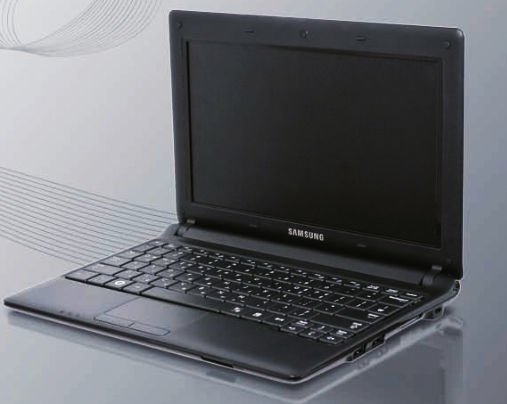Three years ago I made a grave mistake. I was shopping around for a laptop and I had a very tight budget. The first thing that I came across after some searching was a Samsung Netbook (NP-N210s).
I loved the fact that it was portable, had 2 gigs of RAM and most of all was surprisingly cheap. On the downside, it was powered by an Intel Atom, and while I figured that wasn’t an issue then, after all it was merely for studying, I overlooked one thing that has haunted me since its discovery – it’s graphic chip.
 |
| Samsung Netbook NP-N210s |
Now as you would expect from an Intel chip, the Atom also comes with its own set of integrated graphics, and on this one it’s the Intel GMA 3600. For the price, this ain’t a bad chip if you’re planning on sticking to Windows 7. Deviate elsewhere, and its shortcomings are more than apparent. The blame for this shortcomings rest squarely on Intel.
So Intel, in their grand wisdom, decided to release the driver for this chip on Windows 7 only. If you thought GNU/Linux was fast, just try using running a mainstream Linux distro using a modern desktop like Unity or Cinnamon on this chip and you’ll regret why you even bothered.
Hell, try running Windows 8/8.1/10 on it, and you still have to make some tweaks for it to work well.
Anyway, all hope was not lost and clearly I wasn’t going to give up that easily on account of Intel’s negligence. I found some good distros to work with (Slackware stood out as well as distros using XFCE & KDE desktops) which were easy on the chip and could support the native resolution out of the box.
I kept testing other distros in the live environment while I dual booted Windows 7 and Slackware and it’s in that period when I stumbled on Manjaro.
Manjaro, which is Arch based, was quite a pleasant surprise when I came across it. It looked good, had a good package manager and supported the network chips out of the box. It was completely hassle free, well not exactly – I was stuck with a resolution of 800×600, the native one being 1024×600, and on top of that, no brightness control.
I had to find a solution and that’s what this post is all about. After scouring the web with little success, I tried my last luck in the Manjaro forum (I usually don’t sign up, big mistake) and got some valuable advice on stuff I should read to get a fix.
So I headed to Arch Wiki page and in no time I had a fix. It was all there, clearly outlined. I couldn’t imagine I had missed it all along.
Lesson learnt: before soliciting for any help, check the Wiki/RTFM.
Steps
1. Open the terminal
2. Check for available video modes using:
x-randr-q
If 1024×600 is in the list of outputs chances are you can change the resolution from the terminal or settings applet. If it’s not there proceed to next step.
3. Type the following command:
sudo kate /etc/X11/xorg.conf.d/20-gpudriver.conf
Replace kate with the text editor you’re using. It could be lets say gedit, vim or emacs. Input the root password and press enter.
4. The text editor will launch with an empty file. Type the following text as it is:
Section "Device"
Identifier "Intel GMA3600"
Driver "modesetting"
EndSection
5. Save the file and exit the editor. That’s it. Now just do a reboot and that will do the trick. Changing the brightness with the keyboard shortcuts should also work.
If you wish to learn more about this and other tweaks to make your life easier with this chip on Linux read the arch wiki here.
